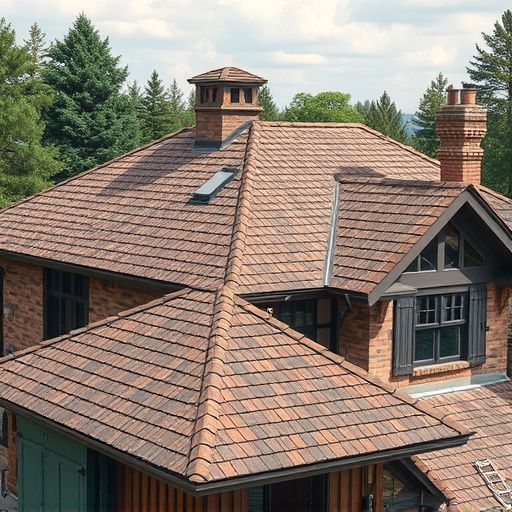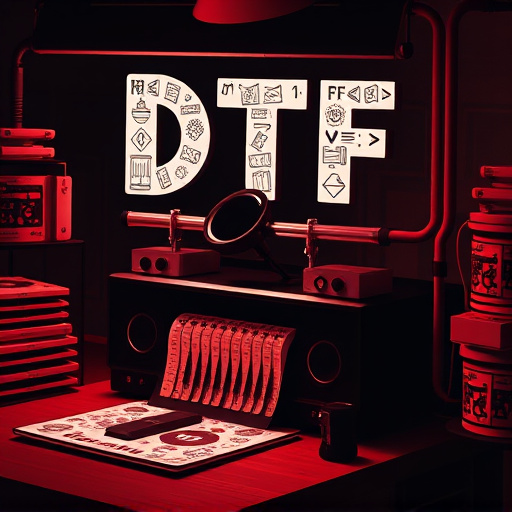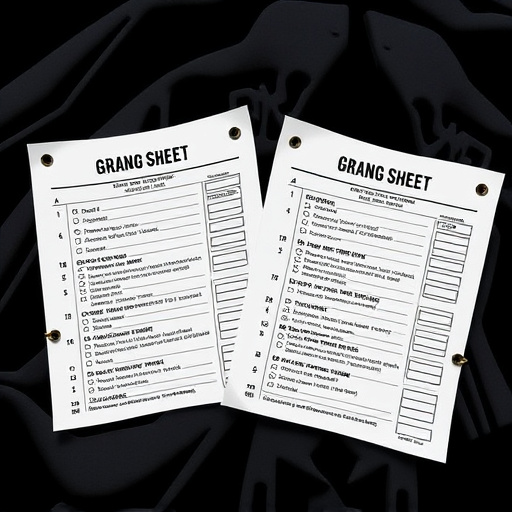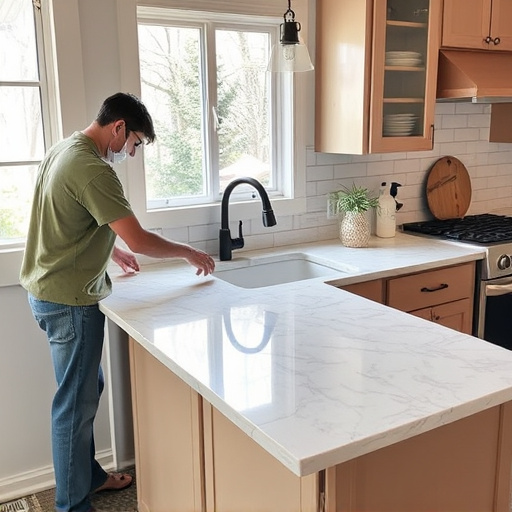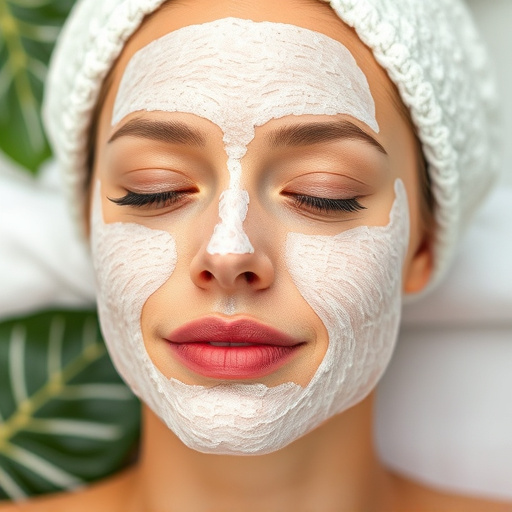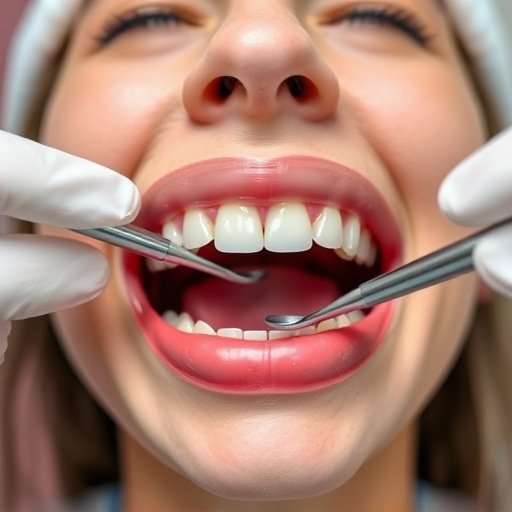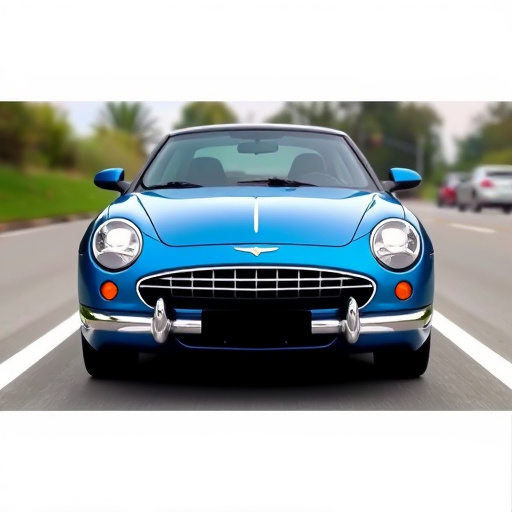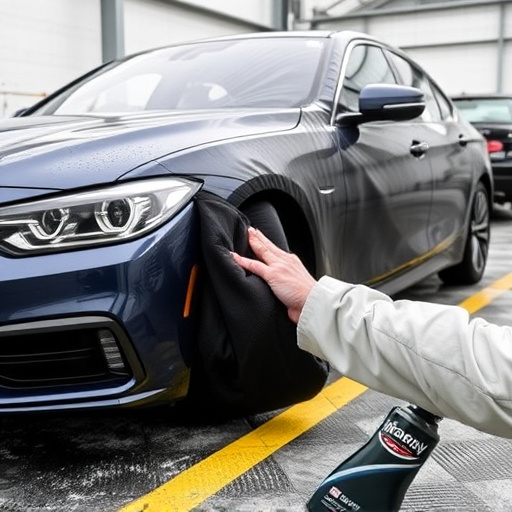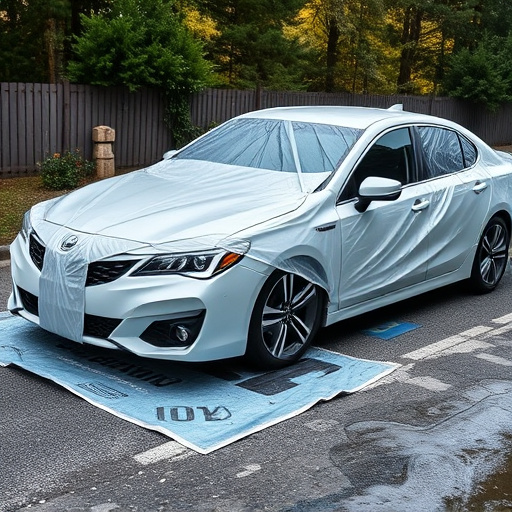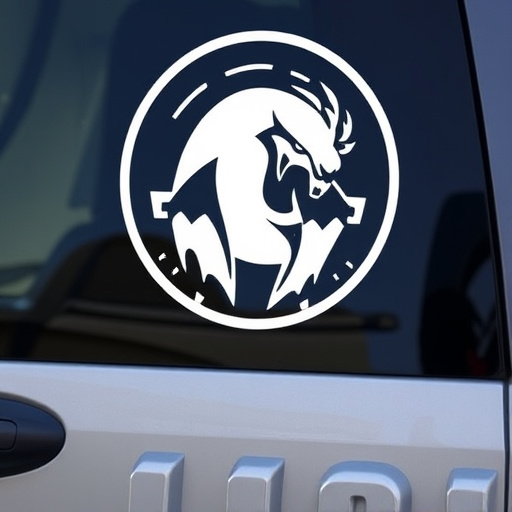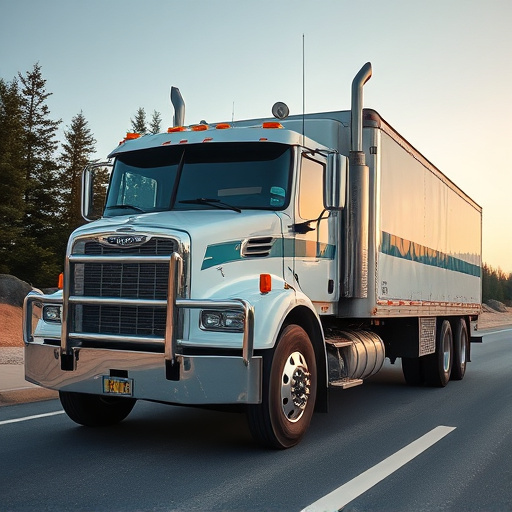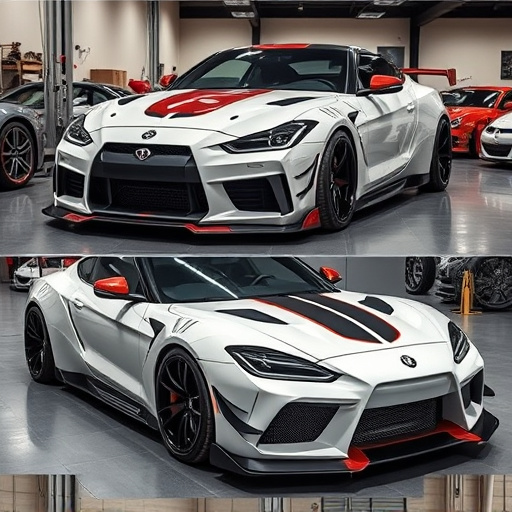Environmental factors like humidity, temperature, and UV exposure impact car ceramic coating performance. Optimal results require understanding these factors for long-lasting protection and enhanced aesthetics. Proper surface preparation through cleaning, polishing, deicing (for harsh winters), and using specific primers is crucial. Application involves uniform coverage with professional spraying or automated systems at ideal curing temperatures (50-60°C). Regular washing with dedicated shampoos extends coating lifespan.
“Uncover the intricate dance between weather conditions and car ceramic coating performance. This article explores how environmental factors like humidity, temperature, and UV exposure significantly influence coating results. We delve into crucial preparation steps, from meticulous cleaning and deicing to achieving flawless polishing. Additionally, discover the optimal application and curing conditions necessary for a car ceramic coating that excels in all weathers. Enhance your knowledge and protect your vehicle’s finish effectively.”
- Environmental Factors: Humidity, Temperature, and UV Exposure
- Surface Preparation: Cleaning, Deicing, and Polishing Techniques
- Coating Application and Curing Conditions for Optimal Results
Environmental Factors: Humidity, Temperature, and UV Exposure

Environmental factors play a significant role in determining the effectiveness and longevity of a car ceramic coating. Humidity levels can impact the coating’s ability to cure properly, potentially leading to an uneven finish or reduced durability. High humidity environments are especially challenging as water vapor can interfere with the chemical reactions necessary for the coating to set.
Temperature also exerts considerable influence on the process. Optimal application and curing temperatures ensure maximum bonding strength between the coating and the vehicle’s surface. Extreme heat or cold can negatively affect the coating’s performance, leading to premature fading, chipping, or cracking. Similarly, UV exposure from the sun accelerates degradation of the coating, breaking down its molecular structure over time, which reduces its protective qualities and aesthetic appeal. Understanding these environmental factors is crucial for achieving the best results with car ceramic coatings, ensuring long-lasting vehicle protection and a stunning custom vehicle wrap.
Surface Preparation: Cleaning, Deicing, and Polishing Techniques

Before applying a car ceramic coating, proper surface preparation is paramount to achieving optimal results. The process begins with a thorough cleaning to remove dirt, grime, and any contaminants that may compromise the adhesion of the coating. This step often involves using dedicated car shampoos, microfiber cloths, and high-pressure washers to ensure a clean slate for the next phase.
Following cleaning, deicing techniques come into play, especially in regions with harsh winters. Ice and snow can leave behind residue, which can negatively impact the coating’s bond. Removing any traces of ice and thoroughly drying the surface are essential steps to prevent water spots or imperfections. Additionally, polishing plays a crucial role in smoothing out minor scratches and creating a smooth base for the ceramic coating, enhancing its overall effectiveness and providing superior scratch protection.
Coating Application and Curing Conditions for Optimal Results

The application and curing conditions play a significant role in achieving optimal results with car ceramic coatings. The coating process involves careful preparation of the vehicle’s surface to ensure a smooth, clean base for the ceramic layer. This typically includes washing, de-greasing, and using specific primers designed to enhance adhesion. During the actual coating application, uniform coverage is essential; this can be achieved through professional spraying techniques or advanced automated systems that guarantee even distribution.
Curing conditions are equally critical. Ideal temperatures accelerate the polymerization process, leading to faster hardening of the ceramic coating. Most high-quality car ceramic coatings require a specific heat rejection period, usually around 24 hours, at elevated temperatures (around 50-60°C) to set properly. This step enhances scratch protection and ensures the coating forms a robust, durable barrier on the vehicle’s surface. After curing, proper care and maintenance, including regular washing with dedicated shampoos, will extend the life of the ceramic coating, providing long-lasting protection through premium automotive services.
Understanding how weather influences car ceramic coating results is key to maximizing protection. By considering environmental factors like humidity, temperature, and UV exposure, along with proper surface preparation and optimal coating application/curing conditions, you can ensure a durable, glossy finish that safeguards your vehicle’s paintwork for years to come. Implement these strategies for the best possible outcomes with car ceramic coatings.
